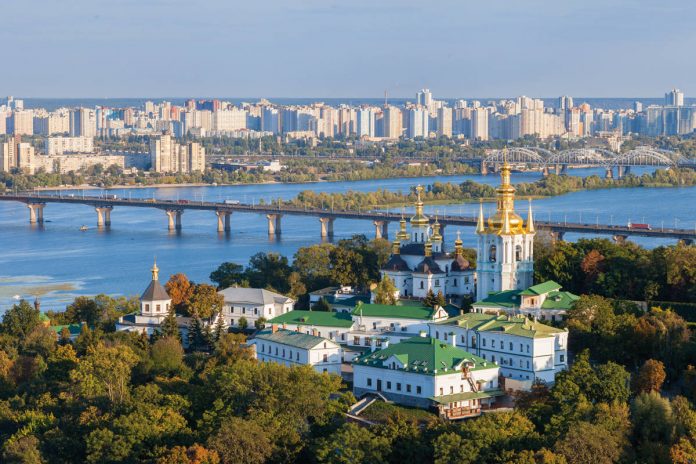Kiev is a city with a double identity. History and modernity coexist in its neighborhoods, which are geographically divided by the river Dnieper that also separates the historic center from the purely residential district. This mix is perfectly reflected in its urban architecture and also reveals the current stylistic tension of the local design world, which increasingly favors modern, clean design to the detriment of the classicism that has prevailed in recent decades: these trends are evolving and rationally following the international guidelines that direct the furniture world, especially that of Italian furniture. Sobriety and precision appear to be the new watchwords in interior design.
The city – which is being developed in the wake of a process of industrialization and modernity modeled on Western Europe and beyond, yet is held back by continuing social and political tensions that have disturbed the balance of the market in recent years – finds a solid anchor in its synergistic relationship with Made in Italy, which is best embodied by two outstanding industry events: Interior Mebel (15-18 February) and Kiff – Kiev International Furniture Forum (15-18 March). Here relations between the two markets are consolidated and on track for future developments, including through local partners (Dominio, Freedom, Comodo, Group Interiors and Studio Mix to name a few of the main ones). These are the arenas in which culture and business join forces to promote a sector – high-end furniture – that has always found admirers and a driving force in Kiev.







